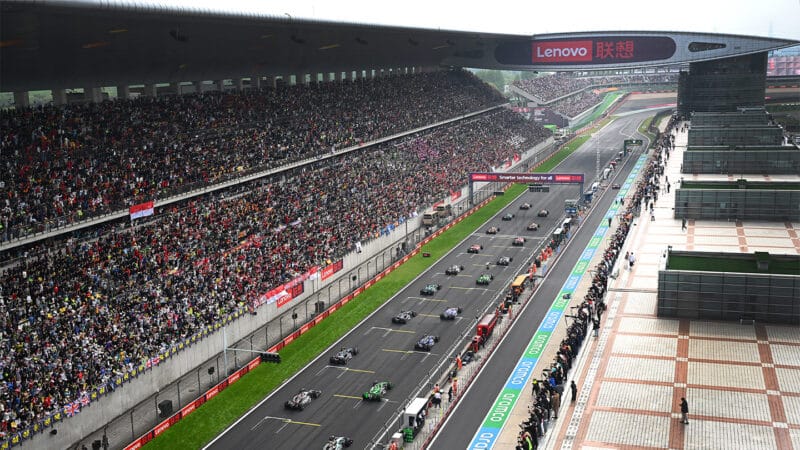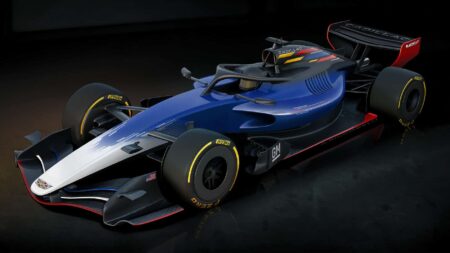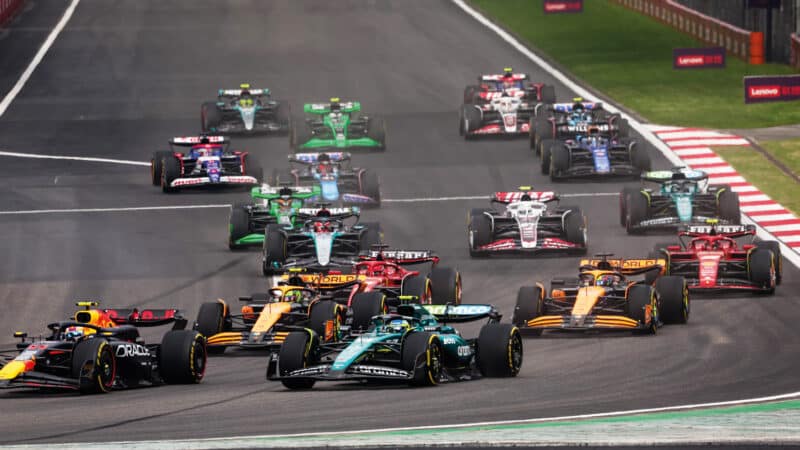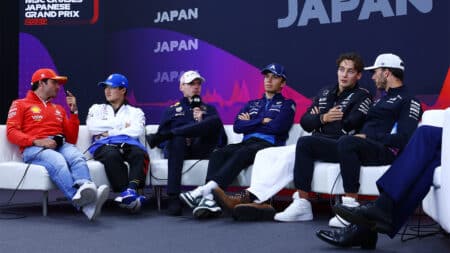“At the end of the day we’ve got a grid right now without any rookies this year,” Milne tells Motor Sport. “Do people feel that’s helpful? Why not have 26 cars on the grid, have guaranteed rookies every year? That’d create great stories. Right now, we have Oliver Bearman for one race and then [suddenly] he’s going to go back to F2. We would have rookies every season and from new markets.”
Milne and Butler’s suggestion, which would involve the new teams using identical ‘spec’ chassis and regular performance reviews, comes after LKY SUNZ and other prospective teams found it impossible to join the F1 grid, despite regulations allowing for up to 12 constructors.
Last year, the FIA invited prospective teams to send in their proposals and received applications from the likes of US-based Andretti, New Zealand’s Rodin Cars, and LKY SUNZ.
Only the Andretti bid, which included a partnership with automotive giant General Motors, was approved by the FIA, but it was then rejected by Formula 1, under pressure from the existing ten teams. Many teams are reluctant to share the revenue that’s currently divided between them, and see the $200m entry fee for any new team — set put in F1’s commercial rights deal known as the Concorde Agreement — as too cheap.
But the current Concorde Agreement is due to expire at the end of 2025. Milne and Butler say that the new deal is an opportunity to rethink the structure of the grid, to give rookies a greater opportunity and to reach areas of the globe where F1 has little presence.
“Formula 1 has evolved and grown massively since Liberty Media came in over the last four to five years,” Milne said. “You can see that in the value of the teams. But that’s not a reason to stop looking at how we need to evolve the sport moving forward. There’s clearly huge untapped markets that F1 aren’t big in. Now is probably the time to start looking at how the sport should evolve over the next five or 10 years.”
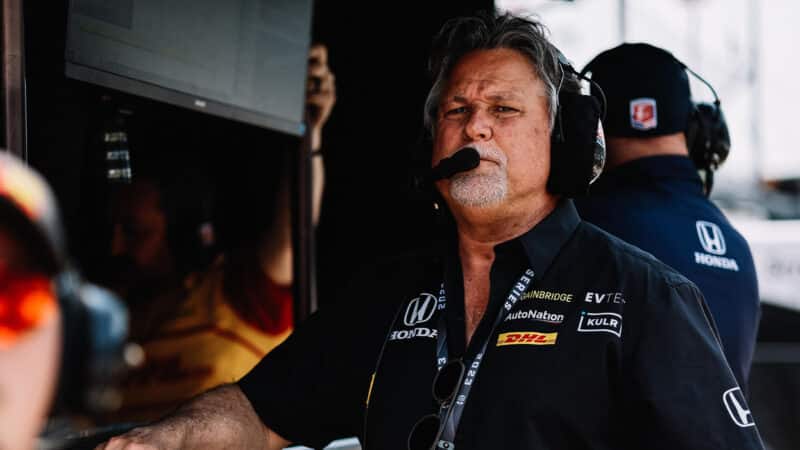
Could entering as a non-constructor be Andretti’s best F1 hope?
IndyCar
The new teams proposal — in a nutshell
By entering the F1 grid as non-constructors, new teams would not earn constructor points nor be eligible for any prize money — leaving the current prize pool untouched.
The rising levels of revenue as F1 expands, combined with the cost cap that limits spending, has suddenly made teams profitable and sent values soaring towards $1bn per team.
As such, many see the $200 buy-in price as too cheap, particularly as new teams would immediately get a share of the revenue under the current regulations.
Under the Milne and Lewis proposal, new teams would not pay an entry fee, but would not be eligible for revenue either. Each would compete in a minimum of 14 races per year. They would all compete in eight races at circuits which could support a grid of up to 26 cars such as Silverstone, Spa or Monza.
In addition, they would also join the grid at a further six ‘home’ races, without one or two of the others. An American team such as Andretti would likely concentrate on entering races in Miami, Austin and Las Vegas, while LKY SUNZ would want to compete in races in Japan, China and Singapore.
